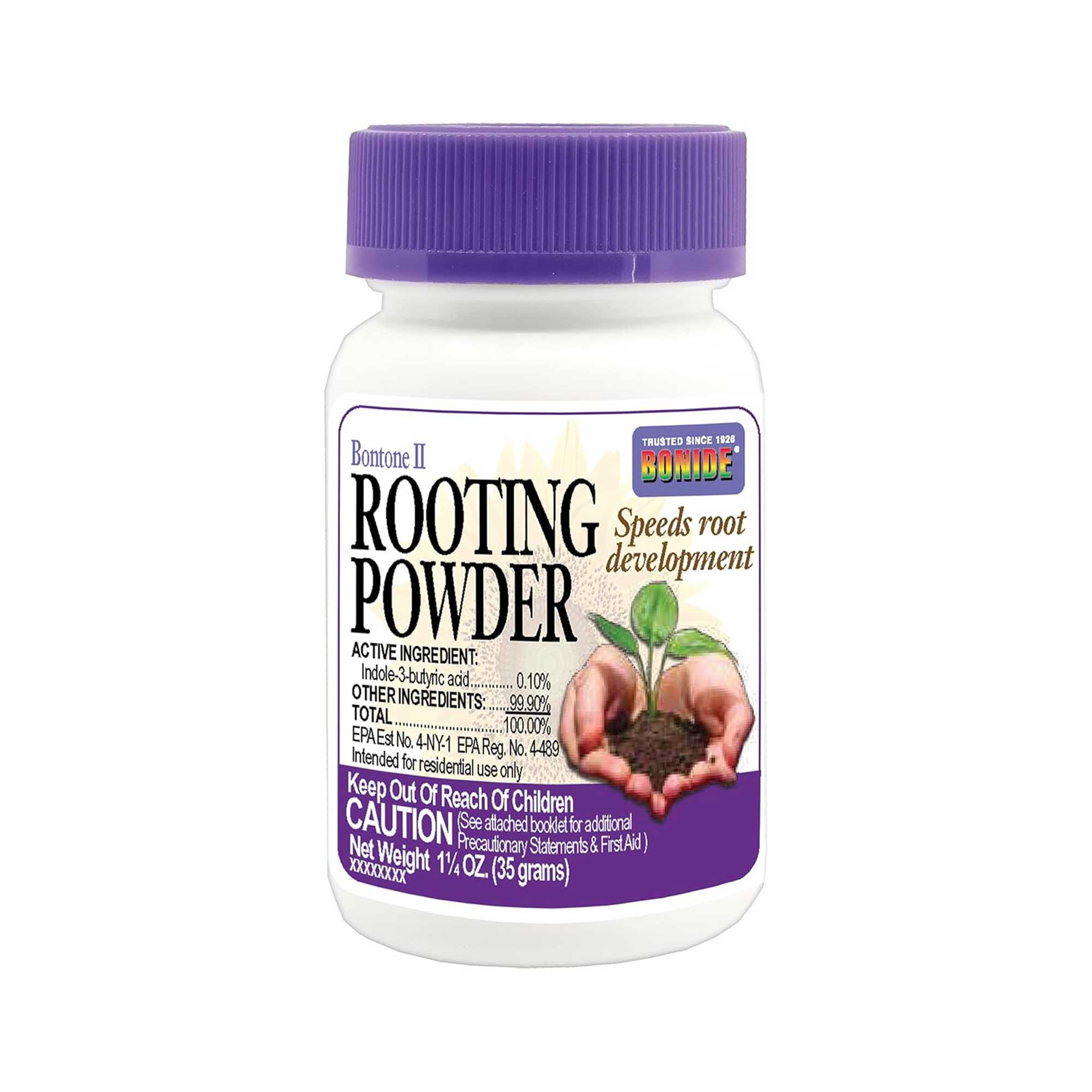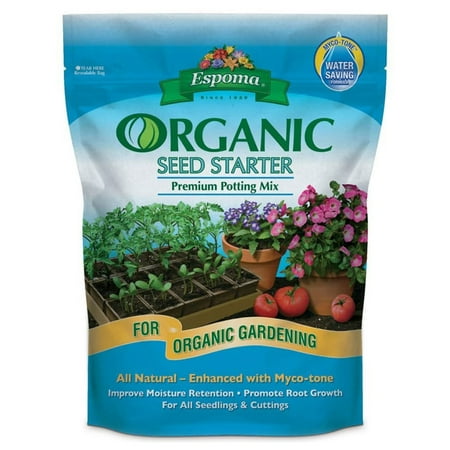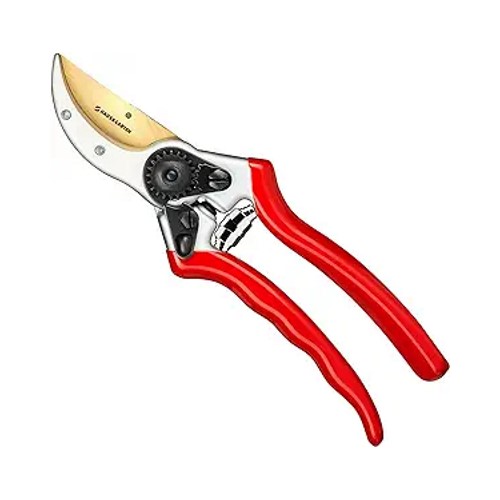7 plants to propagate in July – get new plants and grow your garden for free by taking cuttings this month
There are shrubs, perennials, climbers, and herbs you can take cuttings from in July

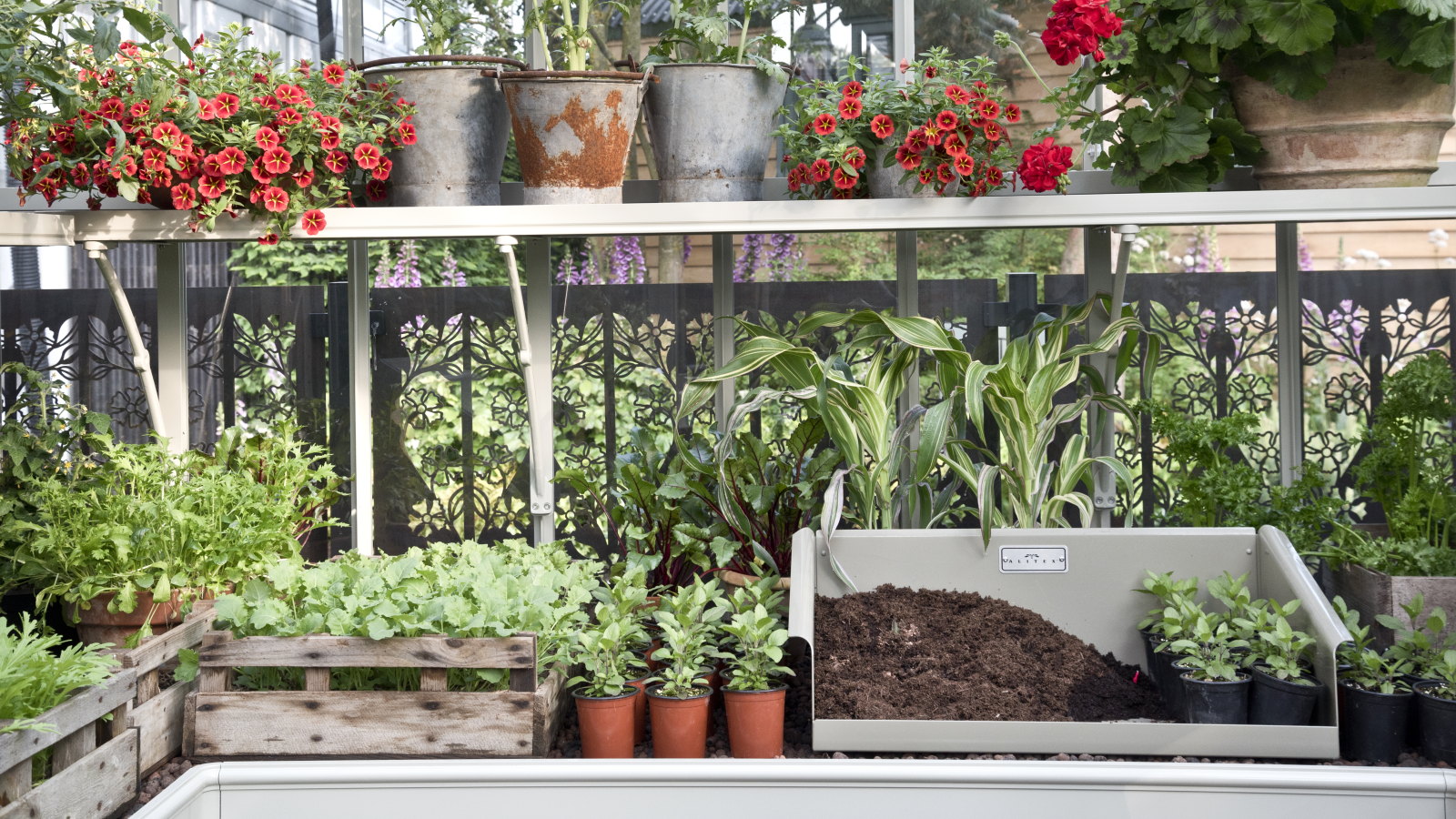
It may not sit atop many gardeners’ summer checklists, but there are great opportunities to take cuttings this month to get replicas of your adored plants. With that in mind, we look at great plants to propagate in July to add to your collection.
While watering, deadheading, and feeding are essential jobs in summer, as well as sitting back and enjoying the garden, don’t neglect propagation. Plants are growing strongly this month, which means cuttings are more likely to root successfully and quickly develop.
Also, taking plant cuttings is a budget-friendly way to multiply your plants, and you get exact clones, so you know precisely what you’re getting. It is cheaper than buying new plants, and more reliable than collecting seeds. So why not take some cuttings this month?
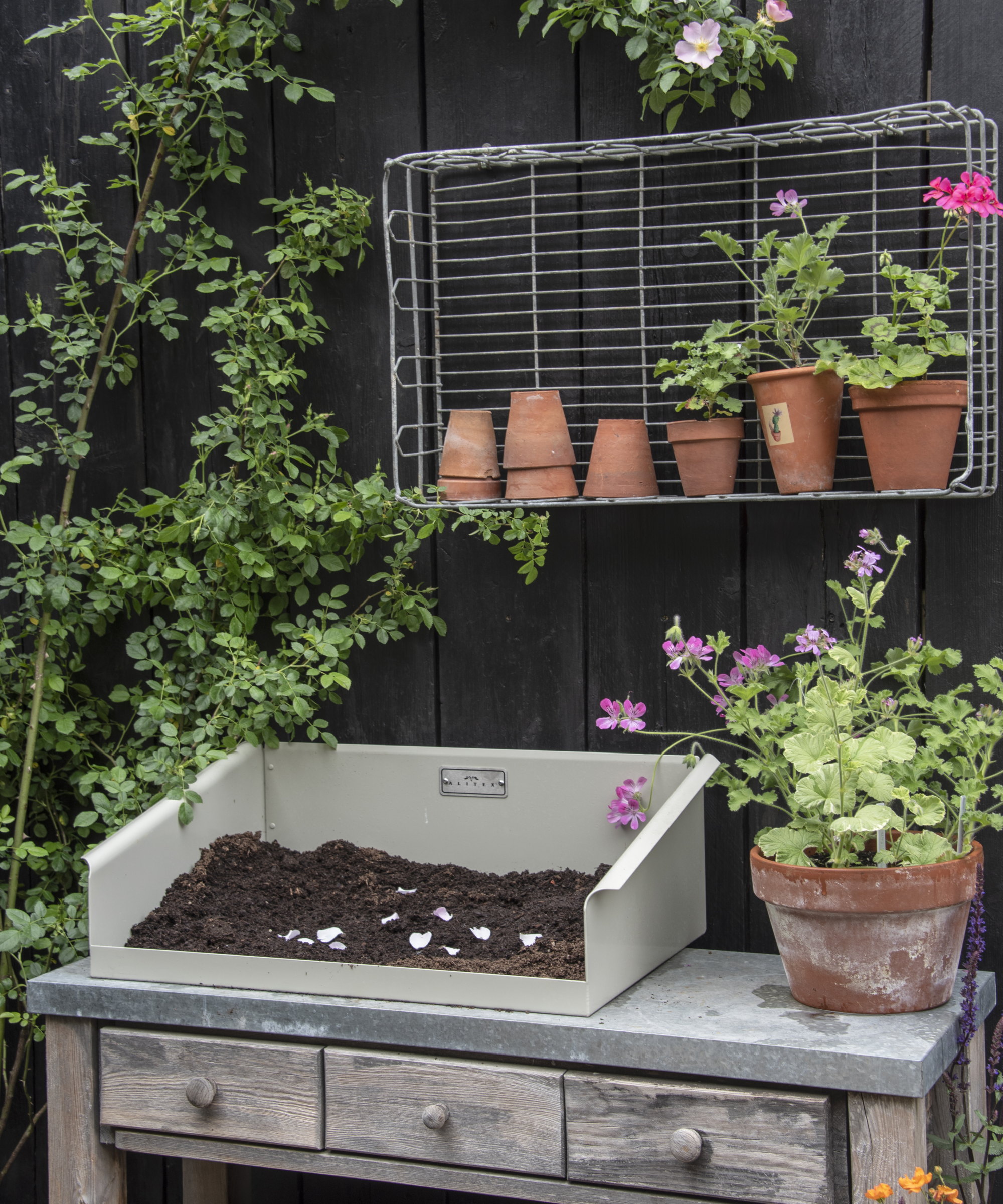
7 great plants to propagate in July
Many of the shrubs, perennials, and herbs we highlighted in last month’s article on plants to propagate in June are also suitable for taking cuttings this month. The likes of verbena, rosemary, lavender, Russian sage, and salvias can be propagated from cuttings in July.
On top of them, here are seven other fantastic plants to propagate in July to cost-effectively boost your plant collection and supplement your backyard ideas.
1. Basil
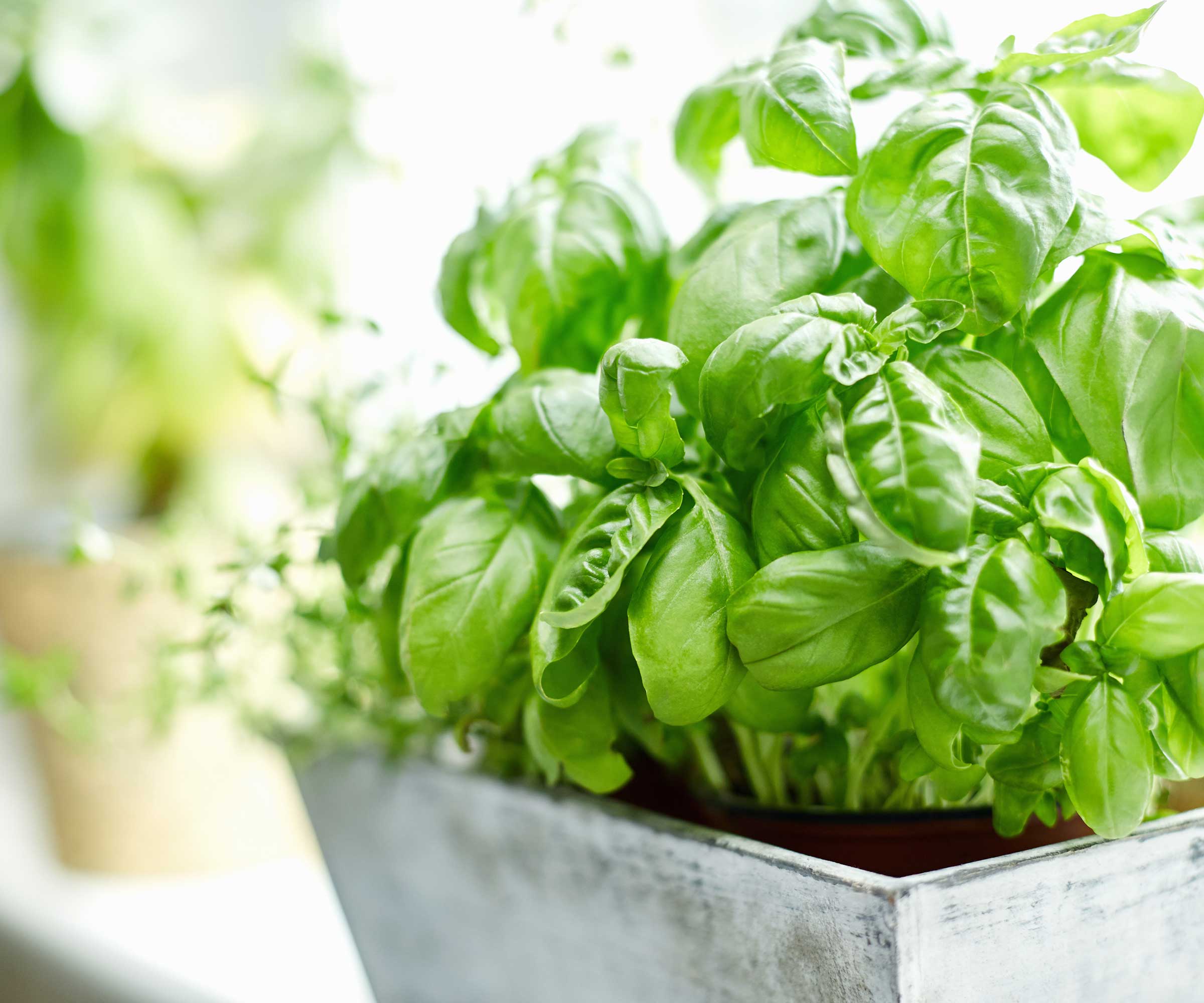
Basil is one of the easiest herbs to grow and is highly versatile, as it can grow in an outdoor herb garden, in pots on a deck, patio, or balcony, or indoors on a windowsill. Wherever you grow basil, it is easy to propagate the herb this month. And you can do this with homegrown plants or basil plants from the grocery store.
Prune the basil by trimming off stems 4-6 inches in length. This does the plant no harm as your basil plants will grow bushier from being trimmed, and that means more basil leaves to harvest.
Design expertise in your inbox – from inspiring decorating ideas and beautiful celebrity homes to practical gardening advice and shopping round-ups.
Remove the leaves from the lower two-thirds of the cutting and place it in a pot of soil or a container of water. Place the cutting somewhere to receive bright but indirect light, and change the water every few days if you’ve opted for that tactic.
Transplant the seedling into a larger pot or directly outside, once it has developed roots at least two inches long.
2. Coleus
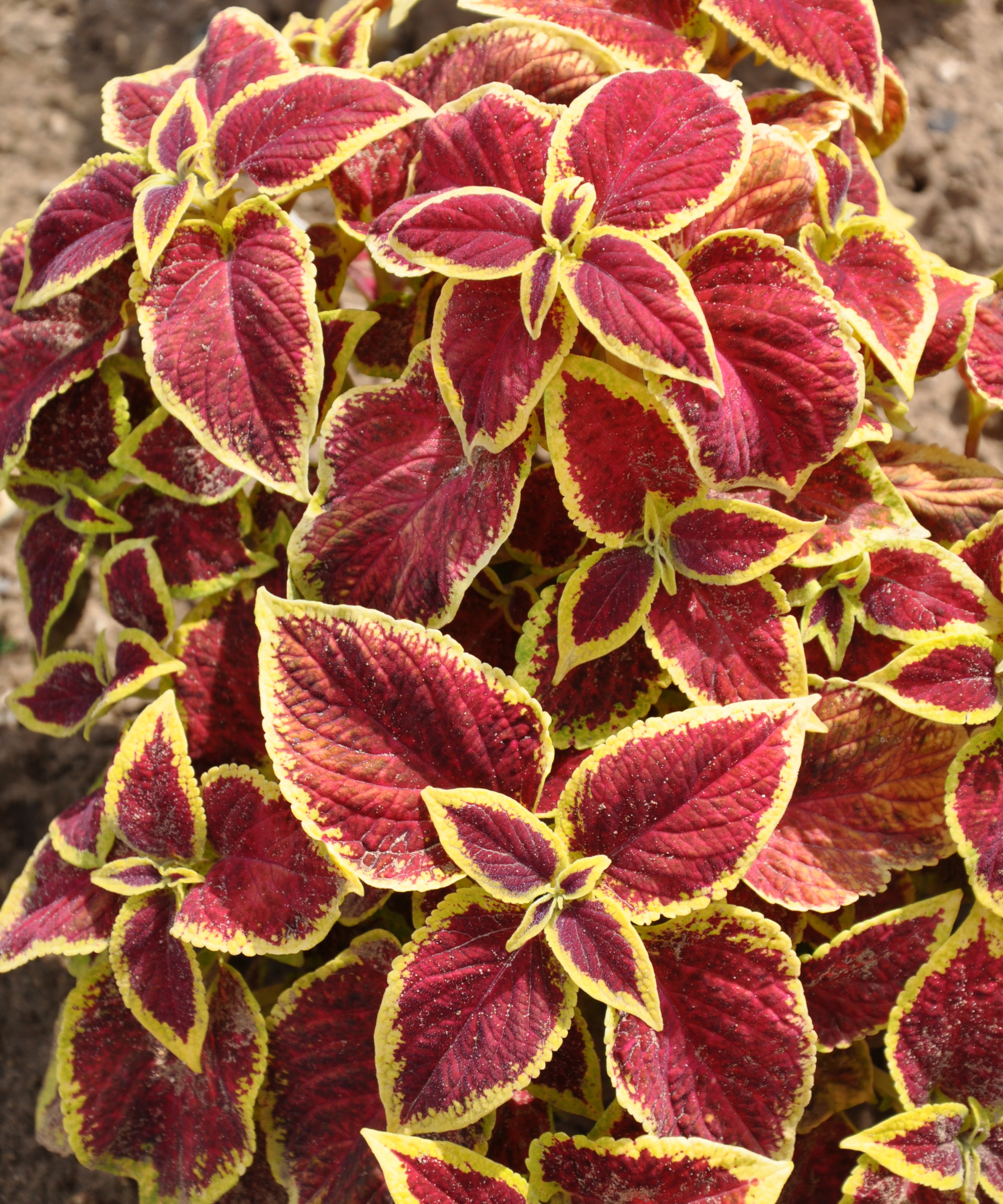
Coleus are tender plants with flamboyant foliage. They add drama and impact with markings in shades of pink, lime green, or red. Whether growing them for beds or containers, you can propagate coleus from cuttings in summer. As the plant is actively growing at this point, it reliably roots quickly.
Take 4-6-inch cuttings of healthy non-flowering stems and remove all but the top set of leaves. Dip it in rooting hormone, then into a pot filled with seed or cutting compost, submerging at least two nodes in the growing medium. An alternative is to submerge the cutting in a container filled with water.
Place the cutting somewhere that gets bright, indirect sunlight and temperatures of 60-75°F, and pot up the seedlings once the roots are a few inches long.
3. Geranium
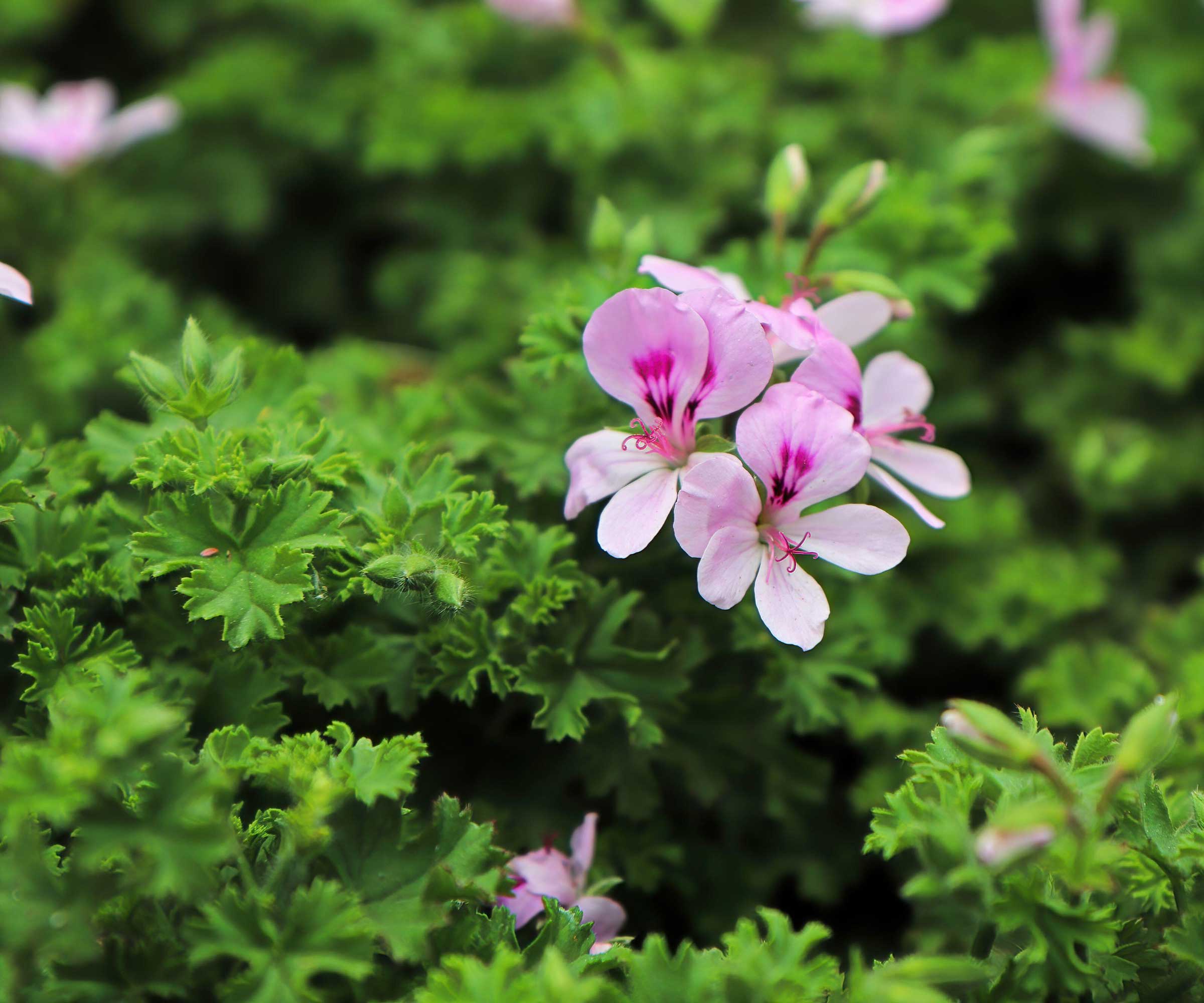
Bedding geraniums, also known as pelargoniums, come in a large variety of colors and shades, plus some varieties are renowned for being highly fragrant.
These tender plants are not frost-hardy, so you need to overwinter plants indoors. Therefore, taking plant cuttings is a sensible way to get new plants, just in case you lose any to the cold. Plus, you can get more of your favorite varieties for summer containers or hanging baskets.
To propagate pelargoniums, identify non-flowering, healthy stems and take cuttings around four inches. Pinch off the lower leaves, dip the end in rooting hormone, and put the cuttings into compost with extra grit or vermiculite added for drainage.
Keep the soil moist but not waterlogged, and place cuttings in a warm, well-lit spot, away from direct sunlight. Avoid covering geranium cuttings with a plastic bag, as it can increase the risk of mildew with these plants.
4. Clematis
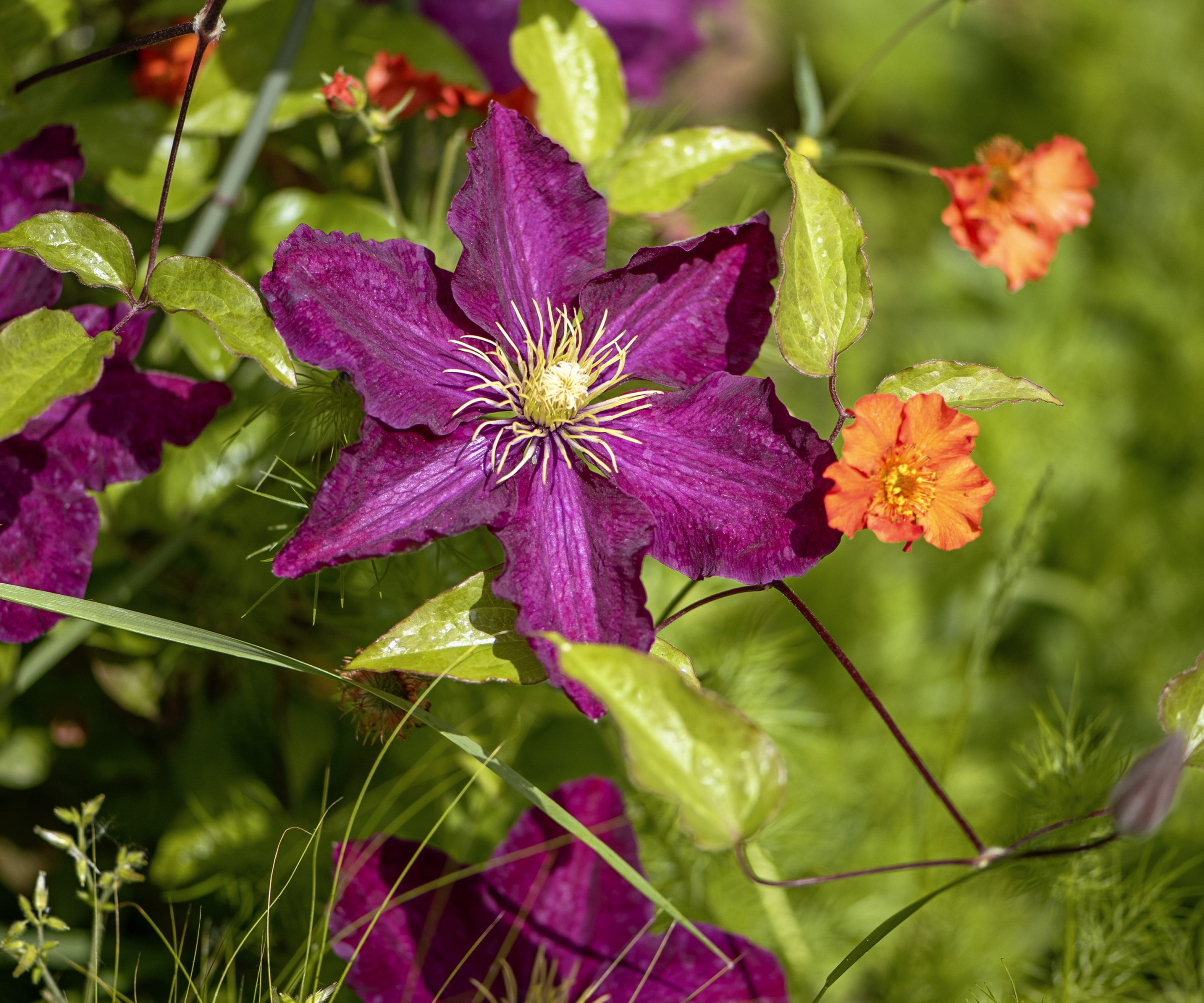
These popular flowering climbers come in a rich variety of shapes and colors, with over 300 clematis species and hundreds of hybrids. If you are growing a clematis that you adore, summer is a great time to propagate a clematis plant and get an exact clone to add to your collection.
Pick a long clematis stem around three feet long that is healthy and flexible to use for a few cuttings. That stem can be snipped into smaller 3-4-inch sections by making cuts just above a leaf joint and just below another. Remove all bar one or two leaves and dip the bottom end in rooting hormone.
Plant the cutting into a small pot filled with seed or cutting compost and cover it with a plastic bag, which maintains moist air and aids rooting. Place the pot somewhere bright but out of direct sunlight, and your cuttings should develop roots and be ready for potting on in 4-6 weeks.
5. Fuchsia
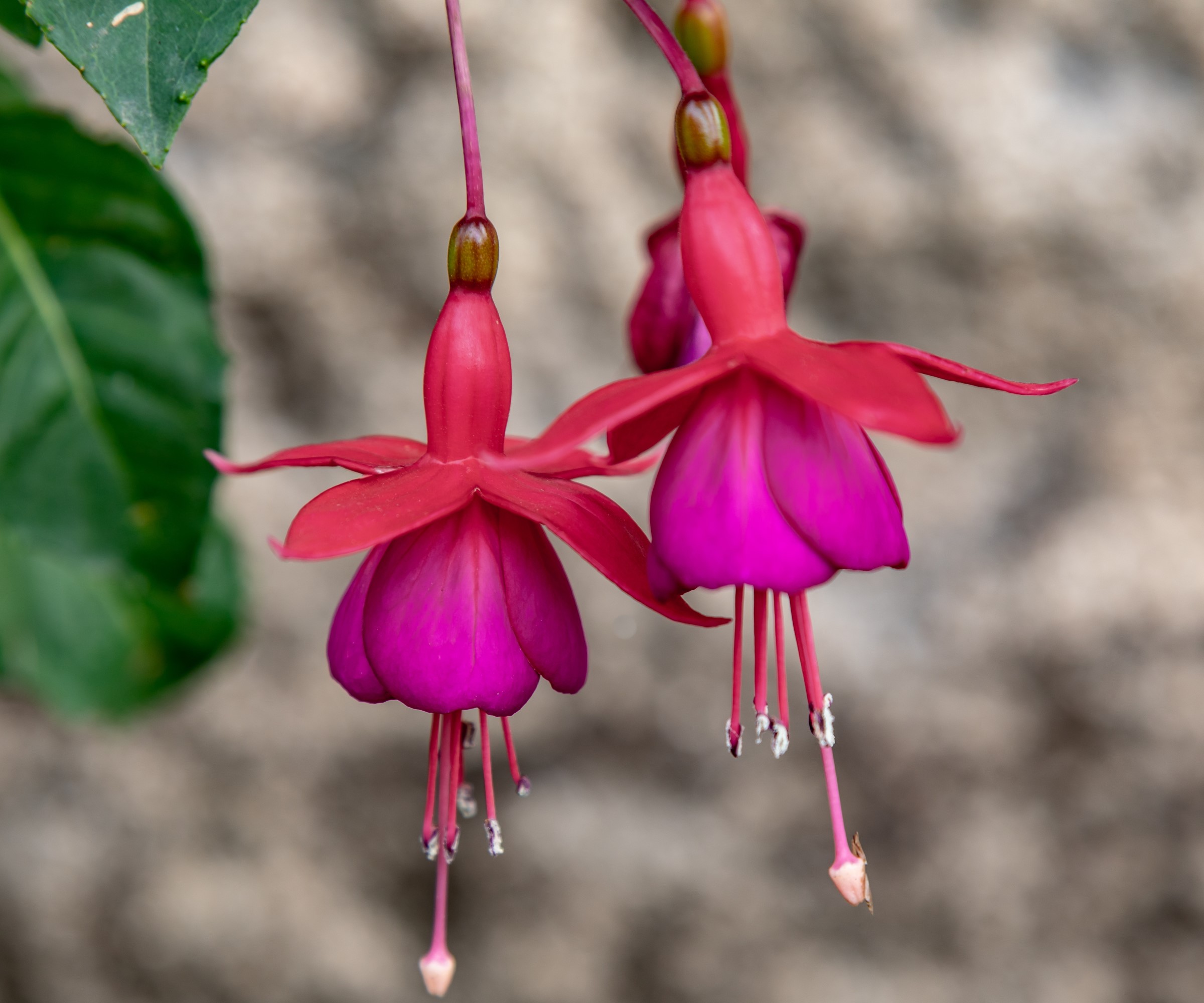
The bell-shaped flowers of fuchsias are always impactful. The classic cottage garden plants are perennially popular choices for summer containers and hanging baskets, where their pendulous blooms can cascade over the edges in a waterfall of color.
If you care for fuchsias and want more of your favorite types, they are easy plants to grow from summer cuttings. As many types are tender, you can also get new plants for next year and cover any losses.
Take fuchsia cuttings 4-6 inches long of healthy, non-flowering shoots and remove the lower foliage to leave just one or two sets of leaves at the top. Insert the cutting into small pots filled with seed and cutting soil, placing up to four cuttings per pot.
Cover the pot with a clear plastic bag and place it in a warm, sheltered spot. The bag can be removed once new growth is seen, as the cuttings can be repotted into individual pots when the roots are visible after about four weeks.
6. Star Jasmine
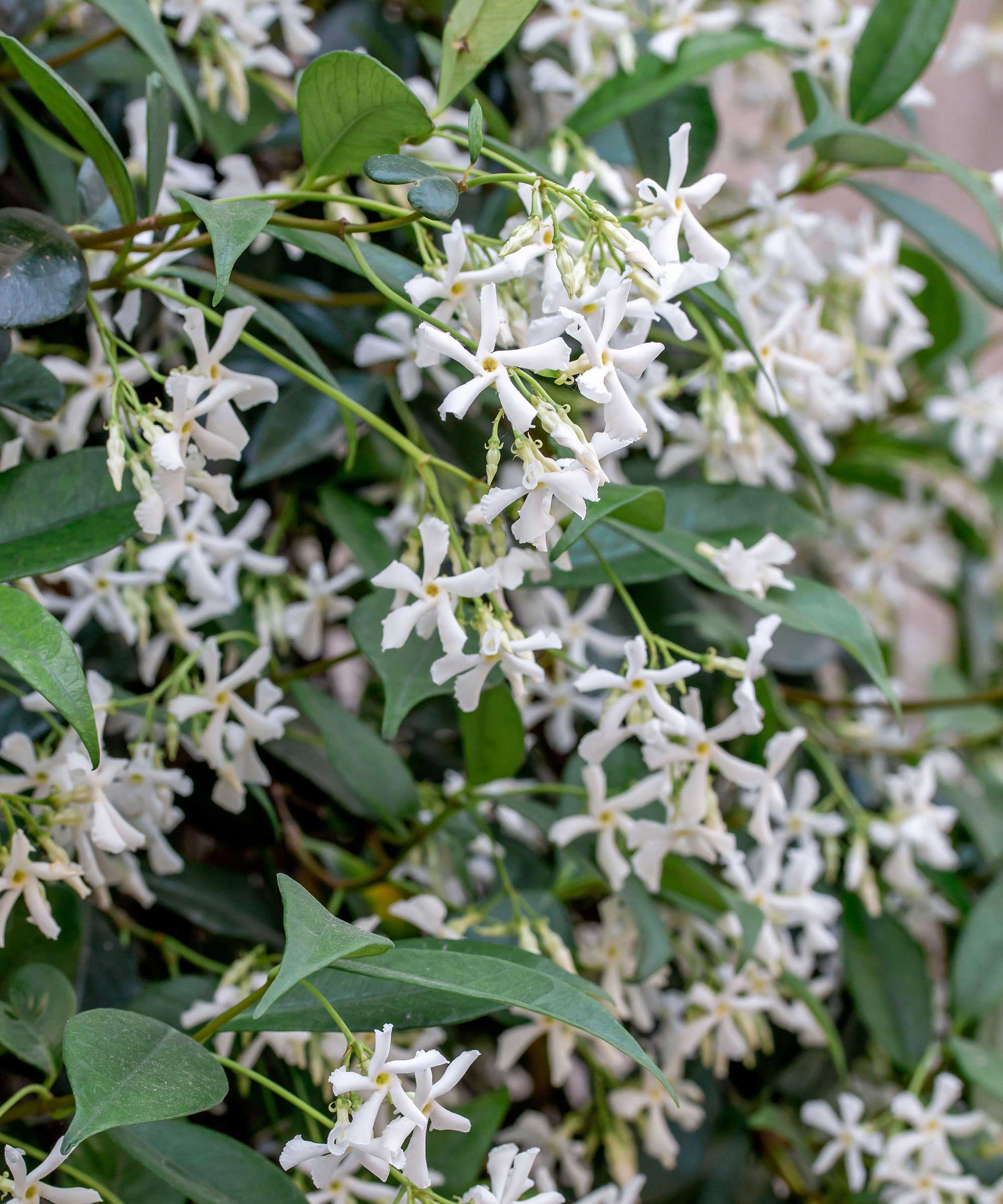
Another much-loved climber that you can propagate in July is star jasmine. Adored for its sweet-smelling star-shaped springtime blooms and glossy, evergreen foliage, it is a reliable evergreen climber that can quickly cover a fence, wall, arch, or pergola.
You prune star jasmine after flowering in spring and early summer, and that also presents an ideal time to take semi-hardwood cuttings and propagate new plants. Semi-hardwood is the current year’s growth, it will be light brown and have started to harden, but still be bendable.
To propagate star jasmine, take 2-3 feet sections of healthy stems and divide them into 4-6 inch long cuttings. Remove the lower leaves, dip the bottom in rooting hormone, and place the cutting into potting soil, making sure a couple of nodes are below the soil level. It should take around a month for roots to form.
7. Weigela
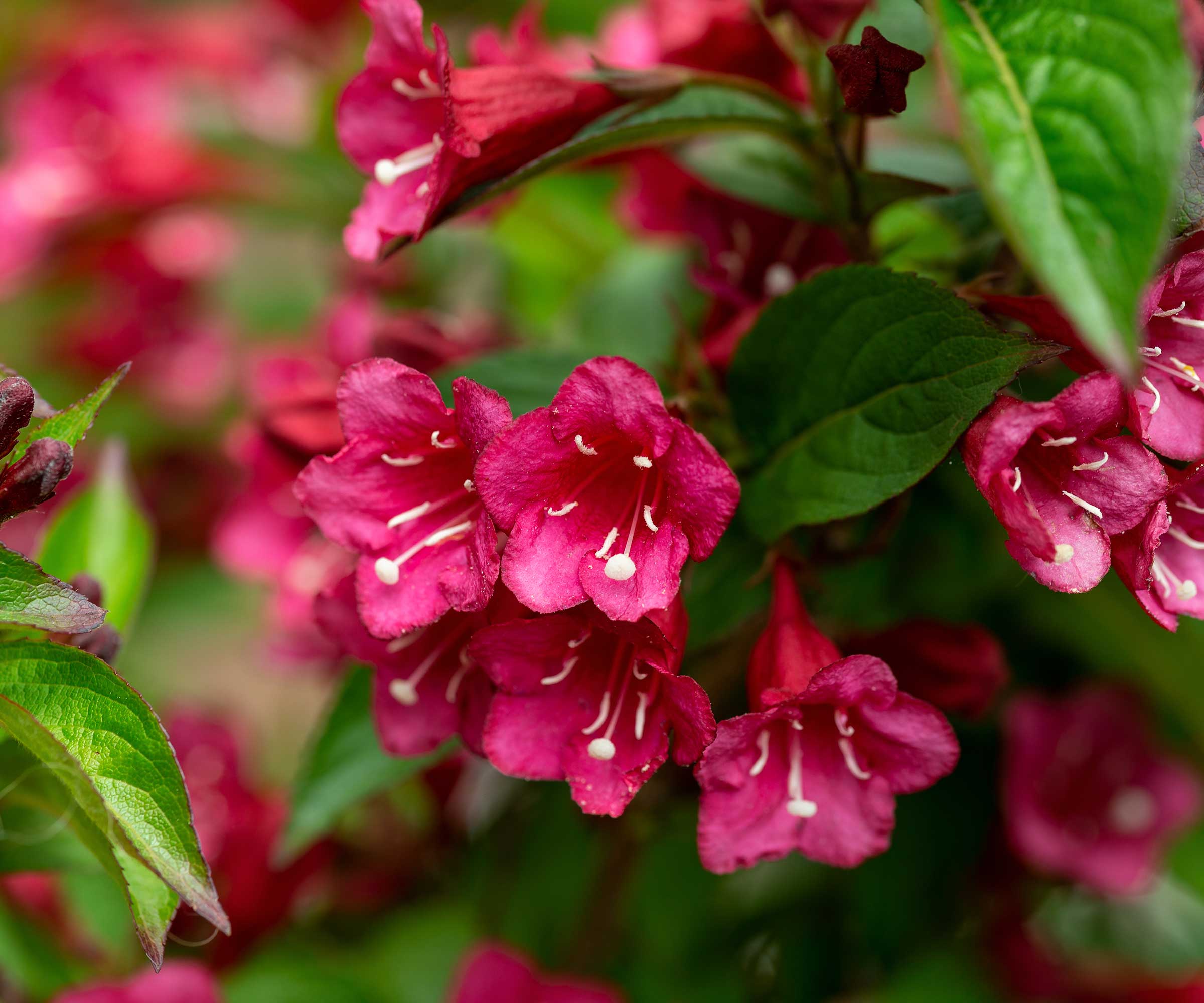
Weigela shrubs are always impactful with bright trumpet-shaped blooms that can be red, white, pink, or purple, depending on the variety.
You can grow weigela down to US hardiness zone 4. If you want to propagate more shrubs for your yard, cuttings offer a great opportunity in summer.
To take weigela cuttings, select stems that are 8-10 inches long. You want to remove the soft tips of the stem, which are susceptible to rotting, and select 4-6 inch pieces to cut just below a set of leaves at the bottom and above a node at the top. Leave the top set of leaves on the cutting and dip the bottom in rooting hormone.
The cutting can be placed in a cold frame, an unheated greenhouse, or on a bright windowsill. Keep it moist, and new roots should appear within a few weeks.
FAQs
Can you take lavender cuttings in July?
You can propagate lavender in July using semi-ripe cuttings of pliable stems that have developed that year. Use a healthy, non-flowering shoot and remove the leaves from the lower half.
Dip the end in rooting hormone and place several cuttings around the edges of a pot filled with a well-draining potting mix. Keep the container somewhere bright and warm but out of direct sunlight, and the cuttings should root in 4-6 weeks.
Knowing what plants to propagate in July allows you to think long-term and plan for the years ahead. If you need some quicker hits of color for your yard, our guide to annuals to sow in July highlights seven plants that you can sow this month and still get glorious flowers come early fall.
Shop your essential propagation kit
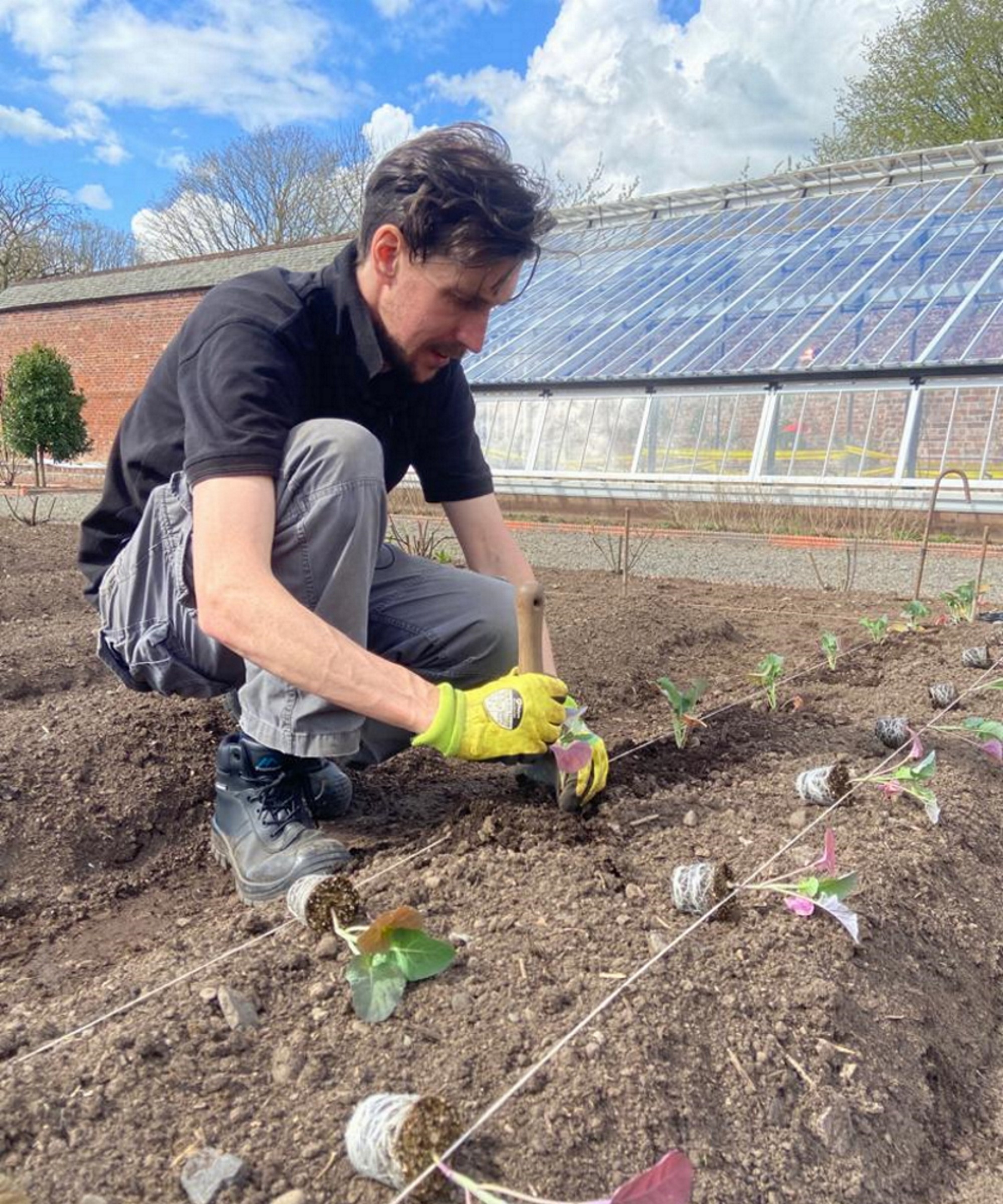
Drew has worked as a writer since 2008 and was also a professional gardener for many years. As a trained horticulturist, he worked in prestigious historic gardens, including Hanbury Hall and the world-famous Hidcote Manor Garden. He also spent time as a specialist kitchen gardener at Soho Farmhouse and Netherby Hall, where he grew vegetables, fruit, herbs, and cut flowers for restaurants. Drew has written for numerous print and online publications and is an allotment holder and garden blogger. He is shortlisted for the Digital Gardening Writer of the Year at the 2025 Garden Media Guild Awards.
